Each spring, a hundred thousand pairs of tree pipits return to make toy raygun noises in the open forests and heathlands of Britain.
The tree pipit begins its song like the chaffinch, and like the common redstart, with a rapid series of chipped notes.
These three species are often found together, particularly on open wooded hillsides in northern and western parts of Britain.
What evolutionary conceit was this, to all start so similarly? Presumably it was not specifically to confuse birdwatchers.
As the song develops, the differences play out.
After those first frantic notes, the tree pipit’s song tends to slow into a distinctive issoo, issoo, issoo phrase.
To my ear this is a slow-motion raygun.
(Though for the ultimate sci-fi laser zap it’s got to be the red cardinal of North America).
Meanwhile the redstart’s song breaks into warbles, whistles and various snippets borrowed from other birds. And the chaffinch throws its ball down the steps and rolls it to a finish.
Tree pipits also have an impressive display flight, often performed as they sing.
Their aerial routine may start from a high perch. They like to launch themselves from a bare branch on the edge of a clearing, or the top of a lone tree in the middle of an open area.
The pipit climbs steeply into the air, and, like the meadow pipit, ‘parachutes’ back down in a gentle arc.
But unlike the meadow pipit, it will usually come to rest back atop a bush or a tree, rather than close to the ground.
Despite looking very much like the meadow pipit, tree pipits have evolved a rather different lifestyle, in that all of the birds that spend the summer with us migrate to Africa for the winter.
And as with many of our summer-visiting woodland birds, their breeding range is shifting. In central and south-east England they have declined sharply, and are now mainly restricted to heathland, while populations in the damper north and west of Britain are faring better.
The pattern is similar to those of the willow warbler, the cuckoo, the redstart, wood warbler and spotted flycatcher: all long-distance migrants looking for a plentiful supply of insects among the trees.
Tree pipits arrive back from mid-April, and can found on their breeding grounds until until July before they migrate south, mainly unseen, in August and September.
The Latin name for tree pipit is anthus trivialis, with trivialis meaning commonplace or ordinary.
Presumably they were unremarkable birds for Carl Linnaeus, the Swedish biologist who so named them in the 18th century.
But while tree pipits still have a wide summer distribution across Europe and Asia, few would now describe their current status in Britain as commonplace.
And that parachuting display? Anything but ordinary.
Tree pipits are found across most of temperate Europe and Asia in the summer, wintering in India and sub-saharan Africa. They are rare breeders on the island of Ireland.
For more on the tree pipit’s ecology in Britain, visit the BTO website.
Starts like: Common Redstart
Thanks for reading and listening.
This is instalment #19 in 2024’s cycle of Shriek of the Week. You can catch up with Blue Tit, Reed Warbler, Cuckoo, Willow Warbler, Swallow, Green Woodpecker, Blackcap, Nuthatch, Starling, Chiffchaff, Collared Dove, Wren, Dunnock, Great Spotted Woodpecker, Robin, Great Tit, Song Thrush and Blackbird.
Learn more birdsong this spring
IN PERSON! Learn birdsong with me in Brighton - firecrests, warblers, and woodpeckers for our final half-day birdsong ID workshop of 2024 in Stanmer Park, Saturday 18 May
Totally fabulous event… Really appreciate your warm human gentle teaching - thank you.
- Maggie in Brighton, March 2024
FREE! Birding Across the Pond - sharing stories and sounds from either side of the Atlantic, with the team at BirdNote. Free on Zoom, Thursday 23 April, 7.30pm BST
MONTHLY! Early Bird Club - the monthly Saturday Zoom call for paying subscribers, where we tour the world’s birdiest livestreams together and chat.
8-9am BST, Saturday 1 June (and monthly on the first Saturday).
Media credits:
Tree pipit recording by Aubrey John Williams, distributed via The British Library
Tree pipit image by Imran Shah, reproduced un der Creartive Commons licence
Redstart image by MikeLane45

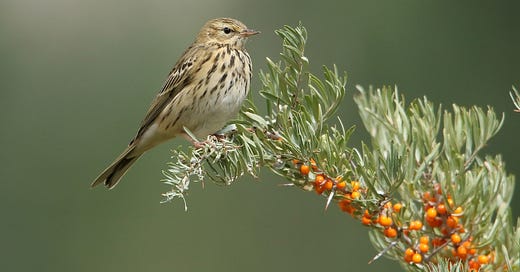


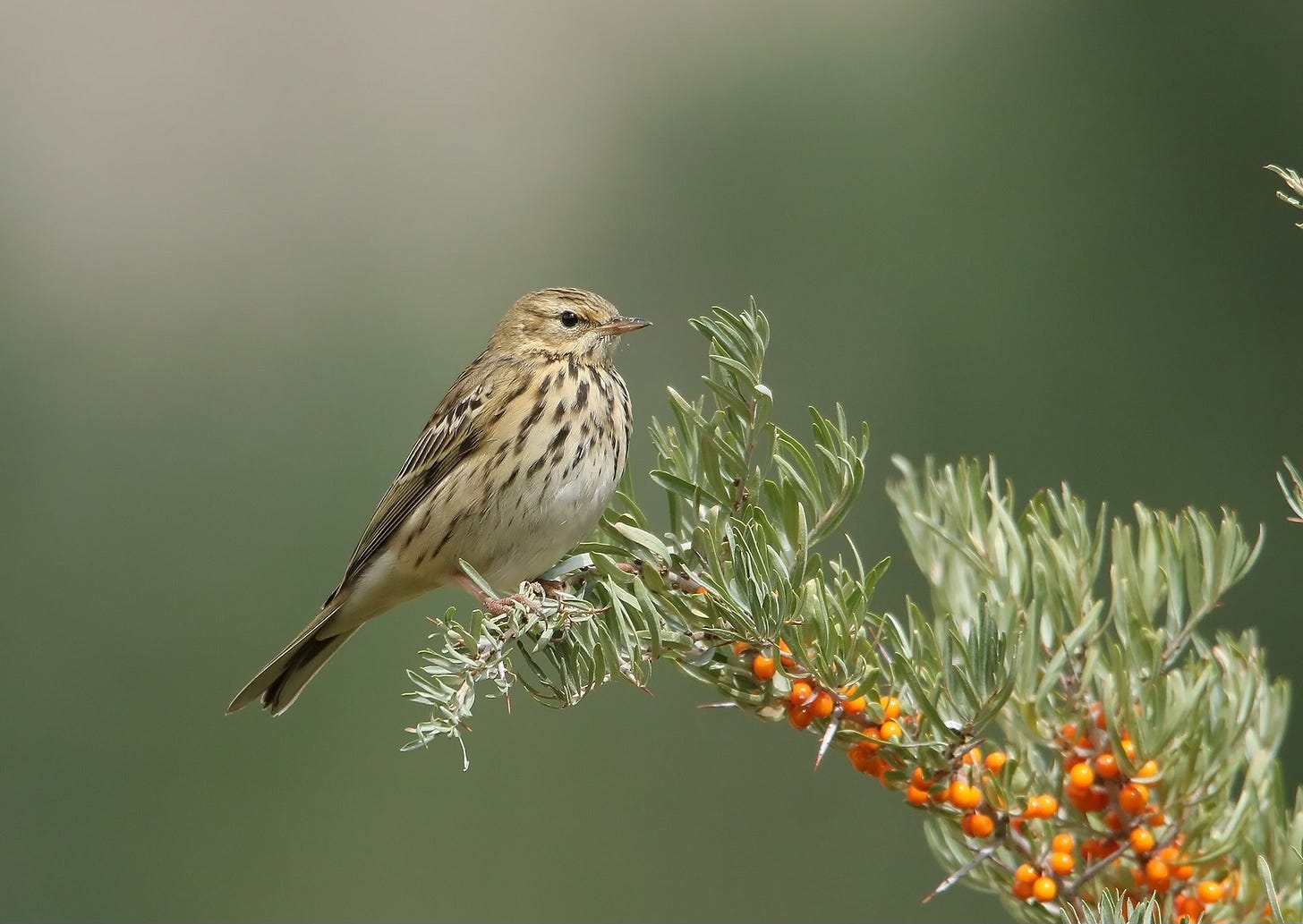
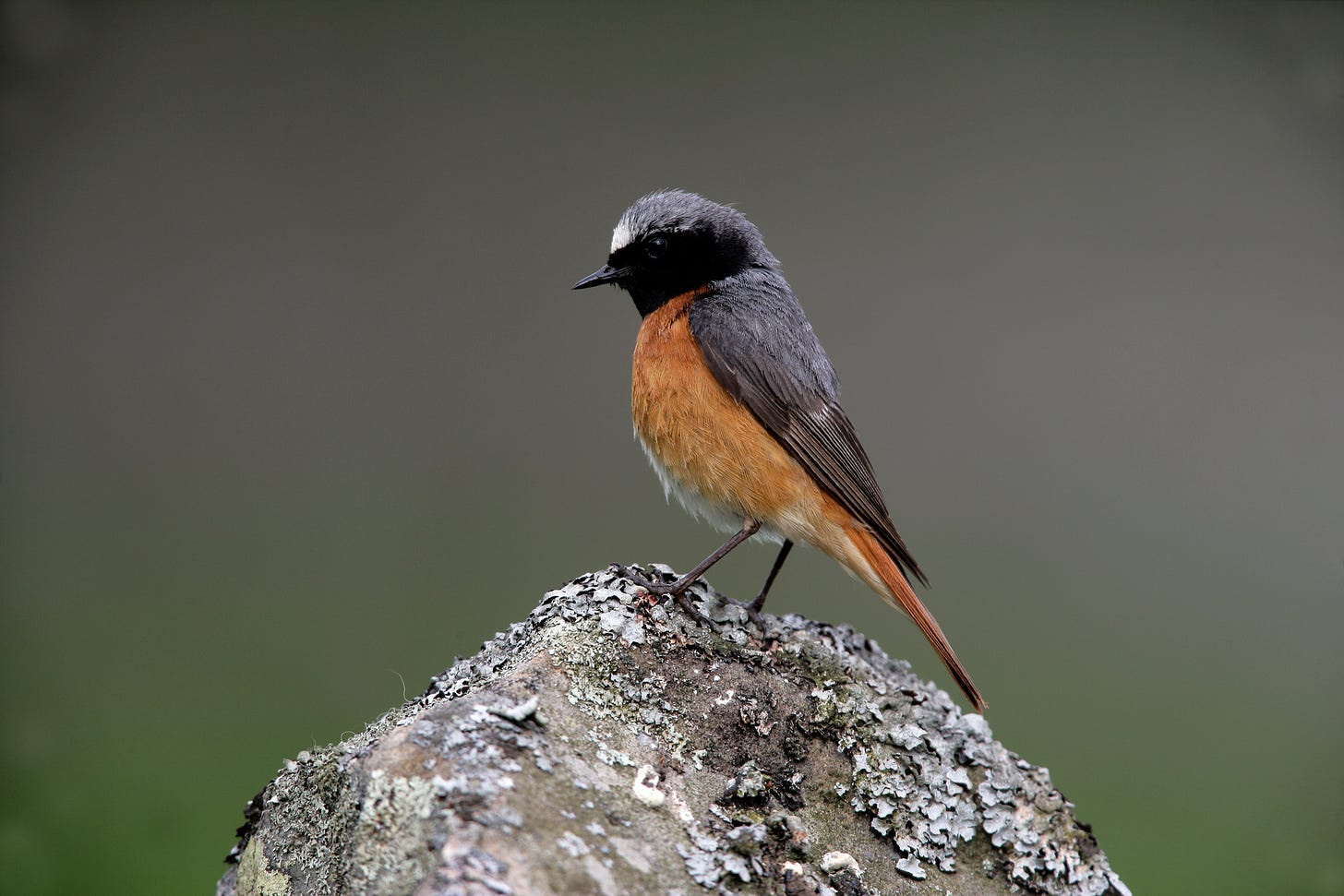



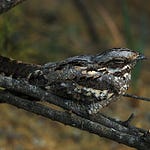
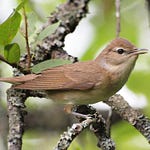

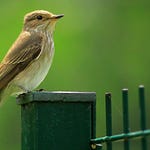


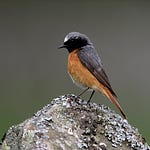
Share this post